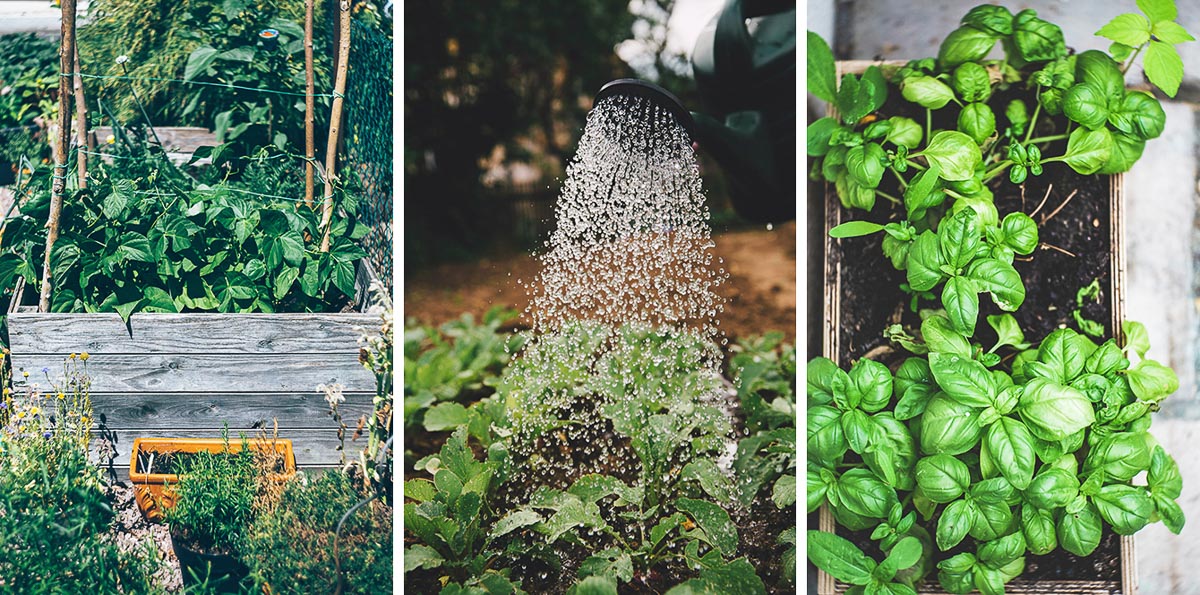All about City Blooming
All about City Blooming
Blog Article
A Biased View of City Blooming
Table of ContentsThe Definitive Guide to City BloomingCity Blooming Fundamentals ExplainedHow City Blooming can Save You Time, Stress, and Money.Little Known Questions About City Blooming.The City Blooming Diaries

As you walk the roads of the Bronx, Southside Chicago or East Oakland, you may see have also seen big stories of ripening fruits and veggies being gathered. What specifically are metropolitan farms and neighborhood yards? Urban agriculture, urban farming, or city gardening is the method of cultivating, processing and distributing food in or around city locations.
Normally, metropolitan farming as a practice is a larger investment than horticulture. There are many much more hours spent right into the trivial matters of farming, from the plant strategy to the often tending of your beds. This time around commitment tackles an entire brand-new meaning once you understand the objective that is being worked towards and devoted, specifically that of gaining an abundant yield of crops to be eaten.
A neighborhood yard is a single item of land gardened collectively by a group of people. Area gardens make use of either private or common plots on private or public land while generating fruit, vegetables, and/or plants expanded for their eye-catching appearance. The fundamental model below is that a big group of individuals each add a fairly small quantity of time to functioning their very own plot, and get the fruits of their labor therefore.
City Blooming for Dummies

, and community organizations by aiding them create and expand their very own gardens. The distinctions between community yard and urban farm are nuanced, though in the end the exact same fundamental activity takes placefood plant growing yet within different organizational structures - sustainability.
Urban ranches are usually a lot more company and modern technology oriented, with the main purpose of making best use of returns and selling fruit and vegetables. Commercial city ranches are typically focused on broadening production on normally small acreage with advancements in modern technologies such as aquaculture, hydroponics, and greenhouses and might partner with a business kitchen to develop locally-produced value-added products such as jams and sauces.
City Blooming Can Be Fun For Everyone
The produce is typically grown on a much smaller sized scale and is taken home to eat at home or to share. By giving much required environment-friendly areas in destitute, concrete city areas, they enable the benefits of yard horticulture to those doing not have backyards, and serve as superb examples of self-organization and community activism.
Some community gardens, commonly in city areas, relocate into expanding for industrial use while some city farms open up their land for even more socially aware advantages. Despite how you specify and set apart the two, they are both positive pressures permanently in cities around America and the globe. They both use easier accessibility to fresh, regional produce; improve an area's visual; and offer as excellent educational devices, instructing people where their food comes from. Little Axe Peppers has already partnered with over 73 area yards around the United States.
As all of Little Axe Peppers' hot sauces are sourced with peppers from neighborhood yards, your purchases straight aid money these neighborhood tasks (https://forums.hostsearch.com/member.php?263116-cityblooming). Take part in the transformation by.
A close friend of mine lately commented in a discussion concerning horticulture that "It's interesting, I have actually constantly believed that farming as a technique is somewhat like gardening. As I invested even more and even more time in my Urban Farming course I have actually come to realize that to claim that gardening is a small expansion of farming Full Report would certainly be a little bit of stretch.
City Blooming - Truths
They both focus on the care of plants for some objective that can be sustenance, profit or just the pleasure of the craft. They both call for a monetary investment on top of a time investment, something that a great deal of individuals in our quick paced life do not have a great deal of.
We can see that the similarities are plentiful, but are the distinctions sufficient to produce a difference? As a student at NYU I have the opportunity to collaborate with the leave It Better Structure, a team that instructs basic nutrition and gardening to secondary school students. https://www.twitch.tv/cityblooming/about. This experience gave me a comprehensive foray into the world of amateur horticulture past what most individuals have actually been in contact with
Farming as a technique is a bigger financial investment than horticulture. There are plenty of a lot more hours invested right into the trivial matters of farming, from the crop strategy to the often tending of your beds.
The average garden enthusiast deals with his duties as a chore instead of a necessity and because of this differentiates his or herself from the farmer. With this distinction in hand, they are both comforting and stress-free workouts that anyone can pick up, which by itself ought to be an advertisement for both.
The smart Trick of City Blooming That Nobody is Talking About
Something went wrong - fruit and vegtables. Wait a minute and attempt once again Attempt once more
Report this page